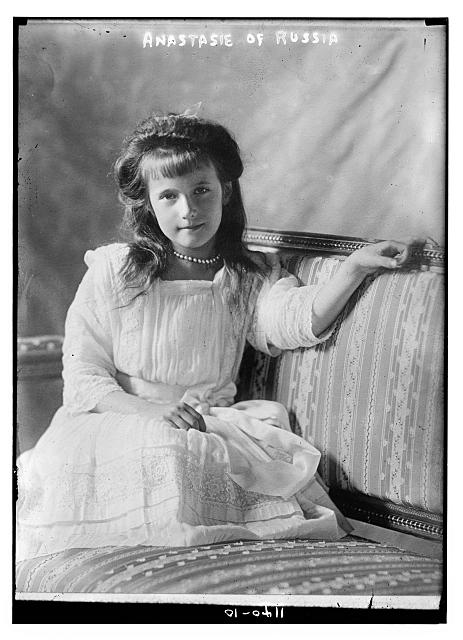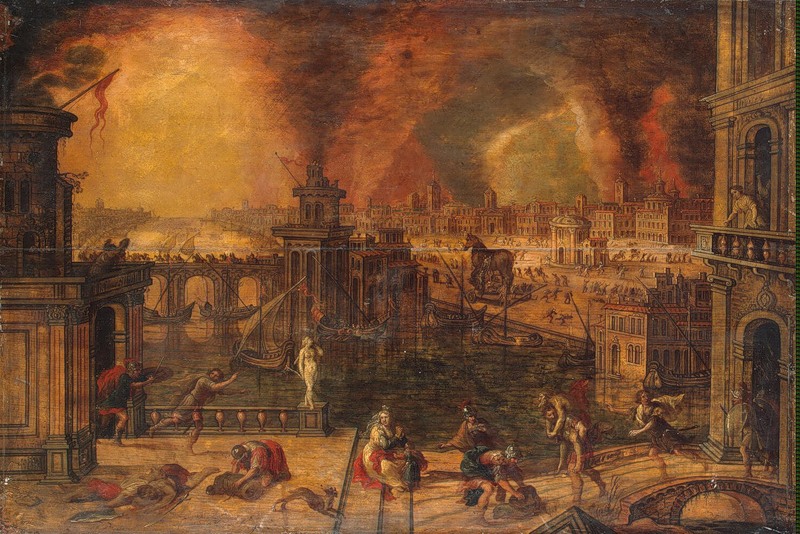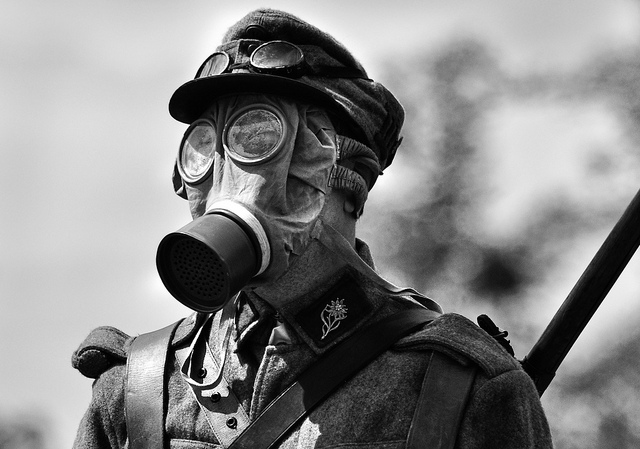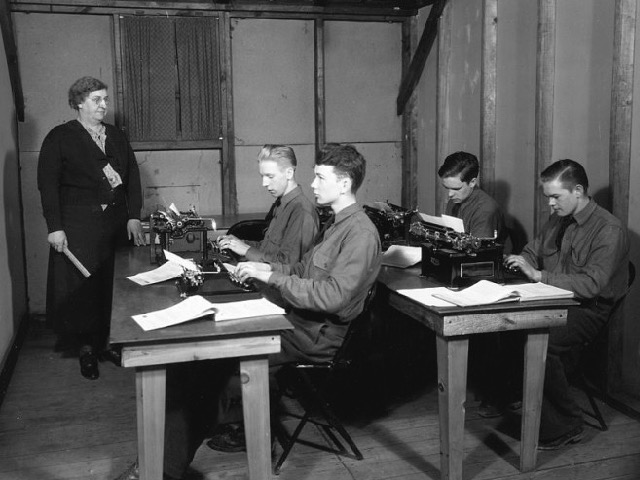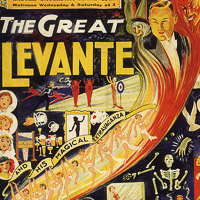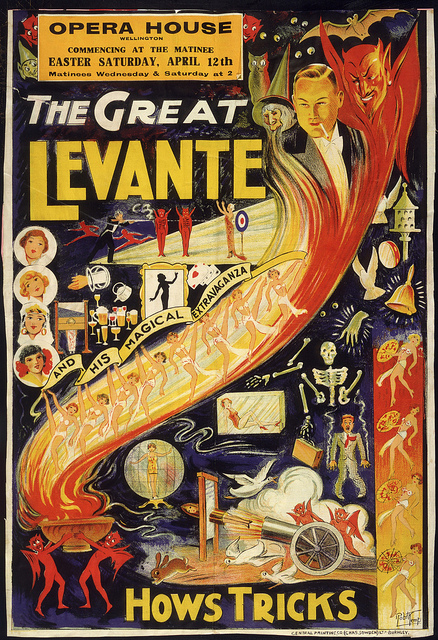My Social Studies Methods class at the University of Portland recently published a free multi-touch iBook – Exploring History: Vol IV. It features eight engaging questions and historic documents that empower students to be the historian in the classroom. For more info on our project and free download of a pdf or multi-touch iBook version click here.
To better publicize student work, I’m featuring each chapter in it’s own blog post. See more in the series here
The Real Romanovs: How media affects people’s perception of events by Kelly Marx
Kelly introduces her lesson with a generative question:How does media affect people’s perception of events?
Anastasia Nikolaevna was the youngest daughter of Tsar Nicholas II, the last sovereign of Imperial Russia. After the Bolshevik revolution of 1917, the Tzar and his family were murdered. Persistent rumors of her possible escape circulated the globe and provoked many books and films. This lesson will examine the differences between the movie “Anastasia” (1997) and what actually happened to the Romanovs and the Tsarina.
Image credit: “Grand Duchess Anastasia Nikolaevna of Russia”
Library of Congress LC-DIG-ggbain-05700
